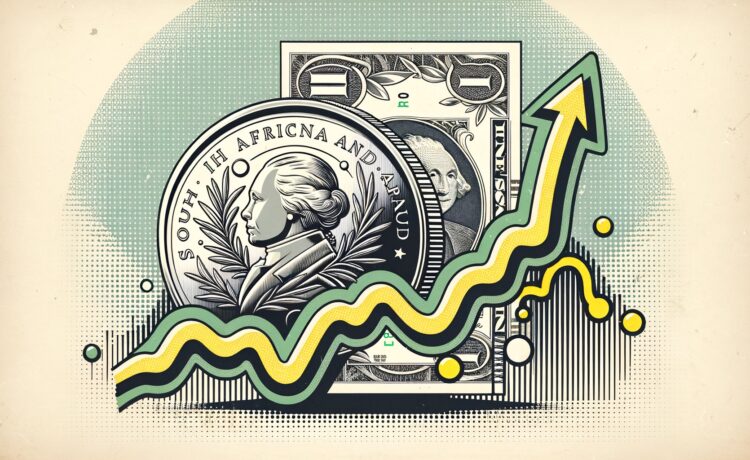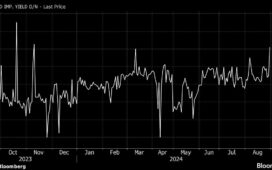What’s going on here?
The South African rand (ZAR) softened in early trade on August 20, trading at 17.73 against the dollar (USD), 0.2% weaker than its previous close. All eyes are on the country’s forthcoming leading economic indicators.
What does this mean?
The rand’s recent strength was short-lived, influenced by a weaker dollar and positive risk sentiment. According to a TreasuryONE currency strategist, the rand gained on the back of a weaker USD but has since followed other emerging market currencies in softening. Investors are now keenly awaiting South Africa’s leading indicator data, covering key metrics like vehicle sales and business confidence, due to be released shortly. Additionally, the upcoming July inflation print will be pivotal in forecasting the South African Reserve Bank’s (SARB) future interest rate decisions. Economists foresee the SARB cutting rates next month for the first time in over two years. Meanwhile, global markets are closely watching the US Federal Reserve’s actions and Chair Jerome Powell’s speech at the Jackson Hole symposium for any cues on potential US rate cuts, which significantly impact the rand.
Why should I care?
For markets: A balancing act of influences.
Risk-sensitive currencies like the rand often react to external drivers such as US monetary policy and internal economic data. With South Africa’s benchmark 2030 government bond yield inching up to 9.28%, the currency and bonds are reflecting market apprehension ahead of local data releases and global economic discourse. Investors should keep an eye on how these factors play out as they could present either risks or opportunities in the near future.
The bigger picture: Global cues shaping local outcomes.
The looming US Federal Reserve minutes and Jerome Powell’s speech could set the tone for global economic conditions. The Fed’s monetary policy moves are known to have ripple effects on currencies like the rand. As South Africa navigates its economic challenges, global economic trends and domestic statistics will be crucial in shaping the nation’s financial landscape. This interplay between local data and global cues underscores the rand’s sensitivity to broader economic forces.





